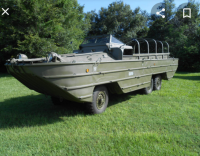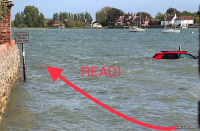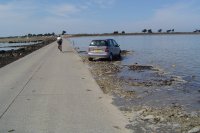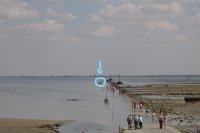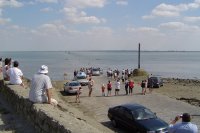kp64zl
Driving through yet another flood trying to escape the Lake District I was wondering what modifications might be required to allow safe(r) passage through flood water etc
I see some vans / 4WDs with 'snorkels' --- could anyone here who's modified a van in this way please explain the process, costs etc?
Also, does anyone have an idea of how deep you can go with an unmodified van? Assume a bit deeper than a small car
thanks
I see some vans / 4WDs with 'snorkels' --- could anyone here who's modified a van in this way please explain the process, costs etc?
Also, does anyone have an idea of how deep you can go with an unmodified van? Assume a bit deeper than a small car
thanks
Last edited:



